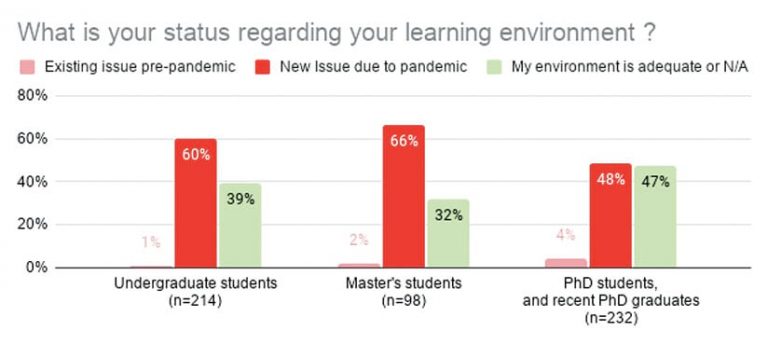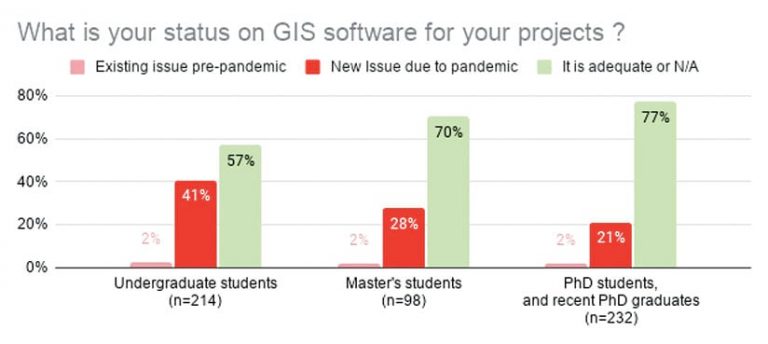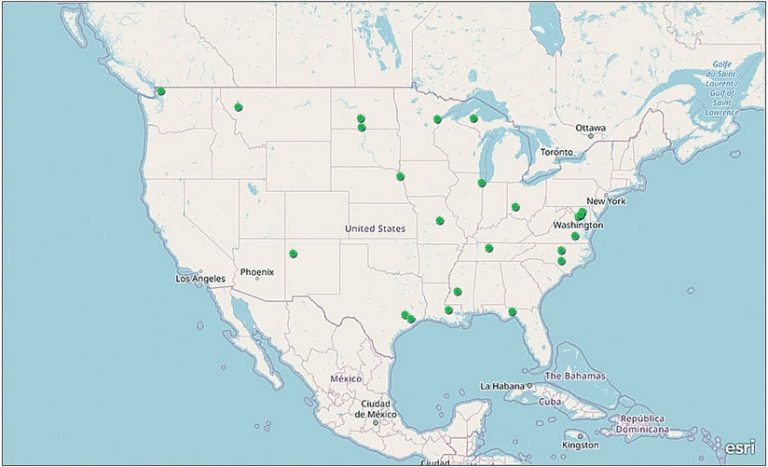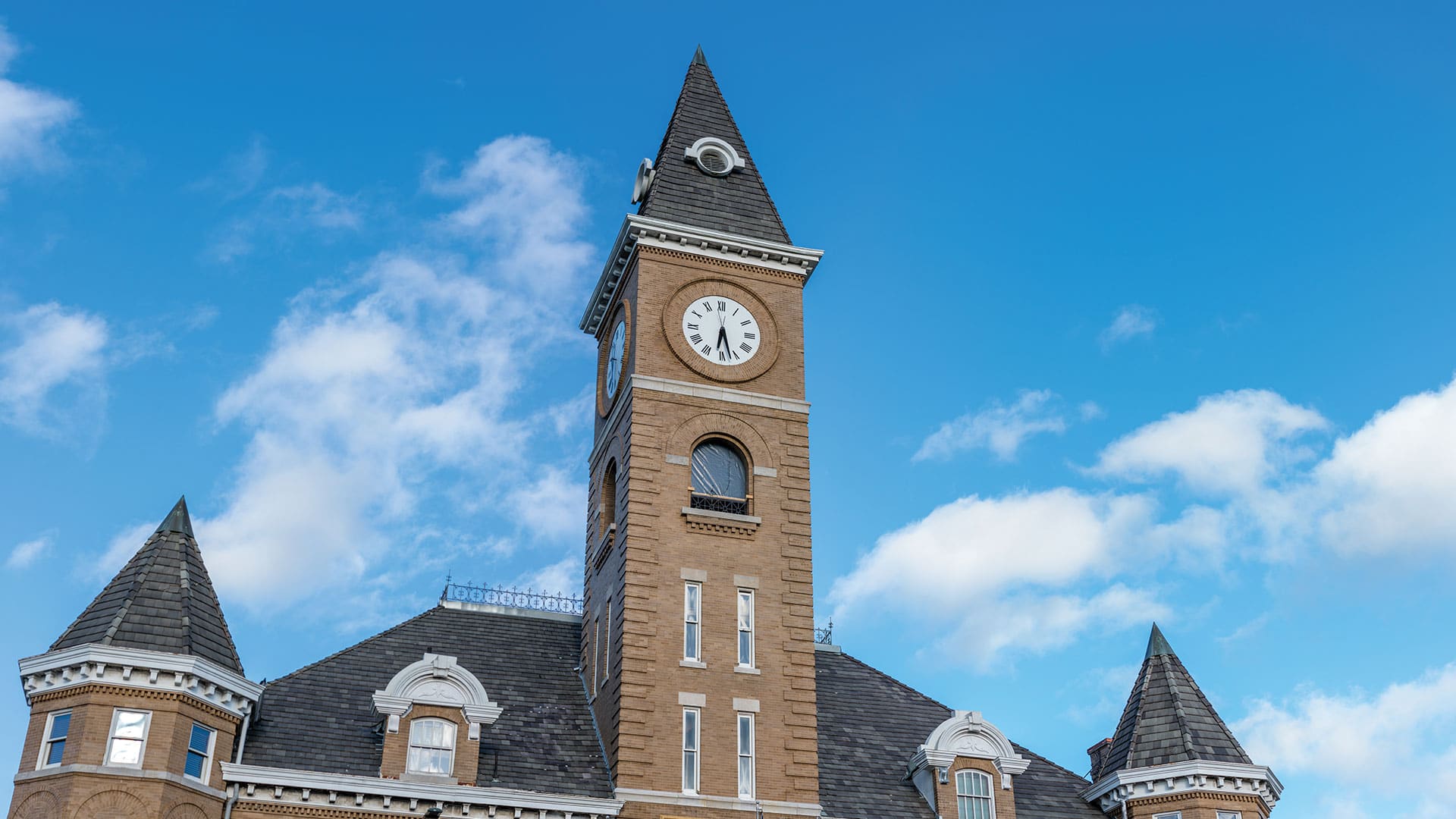Nearly a year into perhaps the world’s worst pandemic, we know that one of the most profound impacts of COVID-19 is on space itself. For geographers, continuing our pursuit to advance understanding of the earth now means navigating places virtually. Our own communities and workplaces, our schools and classrooms, and even the very world we study must be experienced safely through technology.
Accessing people and places this way, first and foremost, requires digital connections, hardware, and software. Getting that kind of digital access relies on the presence of internet infrastructure, which already creates notable inequities among people and communities.
One of the places where this is most dire is on the tribal lands of many sovereign nations that coexist with the United States. In its 2020 broadband deployment report, the Federal Communications Commission (FCC) noted, “Tribal lands continue to face significant obstacles to broadband deployment.”
Even when the infrastructure is available, the burden often falls on individuals to obtain the hardware, software, and broadband they need to get and stay connected. All this costs money—money that many simply don’t have, especially when unemployment is high. According to a 2019 survey of the United States by the Pew Research Center, among adults with household incomes below $30,000 a year, 44 percent had no at-home broadband service and 46 percent had no desktop or laptop computer.

The digital divide, which existed before the pandemic, has only widened during COVID-19. Students without adequate means are struggling to complete assignments on their phones or are sitting in school parking lots to access fast connections. The burden of this deficit has hit students of color the hardest. According to John B. King Jr., former secretary of education for the United States and now president and CEO of The Education Trust, only 66 percent of Black students and scarcely 50 percent of Hispanic and Latinx students live in homes with an internet connection, compared to 79 percent of White students.
Students trying to get an education in geography have to take several courses that require geospatial software. This entails using laptops with memory and graphics and processing speeds that add costs beyond those for standard equipment. What’s more, this equipment oftentimes has to run on particular operating systems.
Before the pandemic, students had access to GIS computer labs like the one at Fayetteville State University in North Carolina (see “How GIS Students at One University Got Much-Needed Equipment” on page 24 for more on this). That is not an option for many students for safety reasons. Access to Wi-Fi and a computer isn’t enough for these students. They need the right hardware to run the right software to do their work.

In May 2020, the American Association of Geographers (AAG) surveyed its student members to see how COVID-19 has affected their circumstances. Sixty percent of the undergraduates surveyed said their learning environment is a new issue because of the pandemic, as did 66 percent of master’s students and 48 percent of PhD students. When asked about the GIS software they need for their projects, 41 percent of undergraduates, 28 percent of master’s students, and 21 percent of PhD students said it created a new problem for them in the pandemic—likely because they typically access this software on campus in computer labs.
In response to these clear needs, the AAG launched Bridging the Digital Divide as one of nine interlocking programs to support geographers during COVID-19. (See “Pulling Together When a Pandemic Pulls Our Lives Apart” on page 22 for more on all these projects.) The program has already dedicated $238,000 to faculty requests from eight tribal colleges and universities (TCUs), 14 historically Black colleges and universities (HBCUs), and 1 predominantly Black institution (PBI). It is serving students across more than 95 courses, 41 percent of which are GIS classes.
This first wave of requests showed us in more detail what types of equipment faculty members need. Laptops are the main requirement, so (at last count) the AAG is funding 200 student laptops. By providing these funds, we hope students can pursue the classes they wish to enroll in without worrying about how to afford the needed equipment.

We know that the digital divide is the tip of the iceberg in many ways—an indicator and a symptom of more far-reaching inequities within education in general and the geographic disciplines more specifically. As the AAG redoubles its efforts to recruit, retain, and promote the work of geographers who are Black, Indigenous, and people of color (BIPOC), we hope that this program removes one pernicious barrier on the path to pursuing a satisfying career and that it helps enable these young scholars to contribute valuable work to a world that needs their insight.

